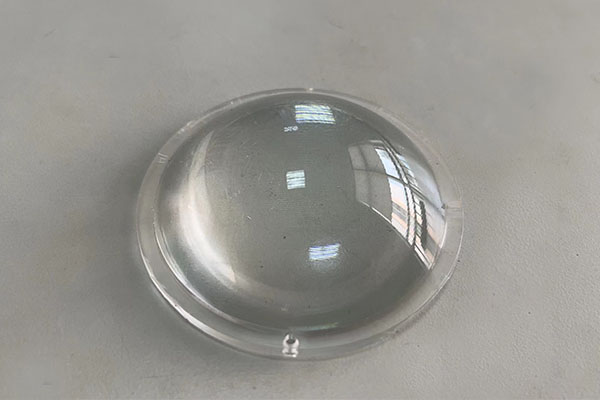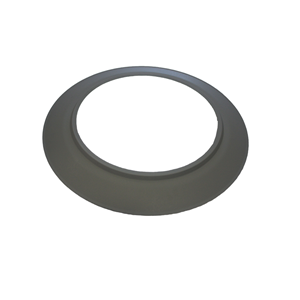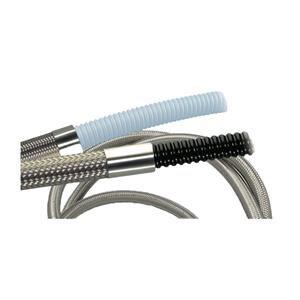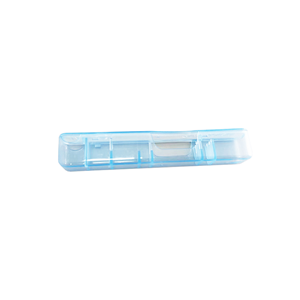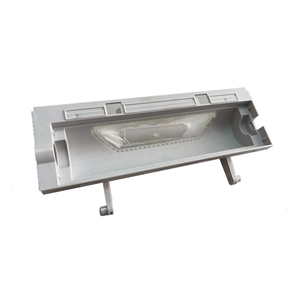The role of medical plastic products in healthcare
Definition and Importance of Medical Plastic Products
Medical plastic products refer to polymer materials specifically used in the medical field, which play an indispensable role in modern healthcare systems due to their unique physical and chemical properties and biocompatibility. With the advancement of materials science, medical plastics have evolved from simple packaging materials to an important component of high-tech medical equipment, greatly promoting the development of medical technology.
Main types and characteristics of medical plastics
Common types of medical plastics
Polyethylene (PE): used for infusion bottles and drug packaging
Polypropylene (PP): syringes, infusion equipment
Polyvinyl chloride (PVC): transfusion bags, infusion tubes
Polycarbonate (PC): blood dialyzers, surgical instruments
Polytetrafluoroethylene (PTFE): Artificial blood vessels, cardiac patches
Key performance requirements
Medical plastics must possess the following characteristics:
Excellent biocompatibility
good mechanical properties
chemical stability
Sterilizability
workability
The main applications of medical plastics in healthcare
Disposable medical supplies
Disposable plastic products such as syringes, infusion sets, blood collection needles, etc. greatly reduce the risk of cross infection. According to statistics, the use of disposable plastic medical devices has reduced hospital infection rates by over 70%.
Drug packaging system
Plastic is widely used in pharmaceutical packaging:
Eye medicine water bottle (LDPE)
Pill blister packaging (PVC/PVDC)
Infusion container (multi-layer co extruded film)
Implantable medical devices
Modern medical plastics have been applied to:
Artificial joint (ultra-high molecular weight polyethylene)
Cardiac stent (biodegradable polylactic acid)
Plastic material (silicone rubber)
Diagnostic and therapeutic equipment
The application of plastics in medical equipment includes:
In vitro diagnostic equipment casing
Ventilator tubing system
hemodialyzer
The technological development trend of medical plastics
Intelligent response materials
New medical plastics can respond to environmental stimuli such as temperature and pH, achieving functions such as controlled drug release and wound monitoring.
degradable material
Degradable materials such as polylactic acid (PLA) and polycaprolactone (PCL) are increasingly being used in temporary implants such as sutures and bone nails.
Antibacterial plastic
By adding antibacterial agents such as silver ions and quaternary ammonium salts, medical plastic products with long-lasting antibacterial properties have been developed.
The advantages and challenges of medical plastics
Main advantages
Lightweight and easy to use
High cost-effectiveness
High design flexibility
Good biosafety
Facing challenges
Environmental issues (disposal of medical plastic waste)
Some special properties (such as high temperature resistance) still have limitations
Durability study of long-term implants
Future prospects
With the advancement of materials science and manufacturing technology, medical plastics will continue to develop towards functionalization, intelligence, and environmental protection. The application of emerging technologies such as nanotechnology and 3D printing will further enhance the performance and applicability of medical plastics, bringing more innovative solutions to the healthcare industry.
